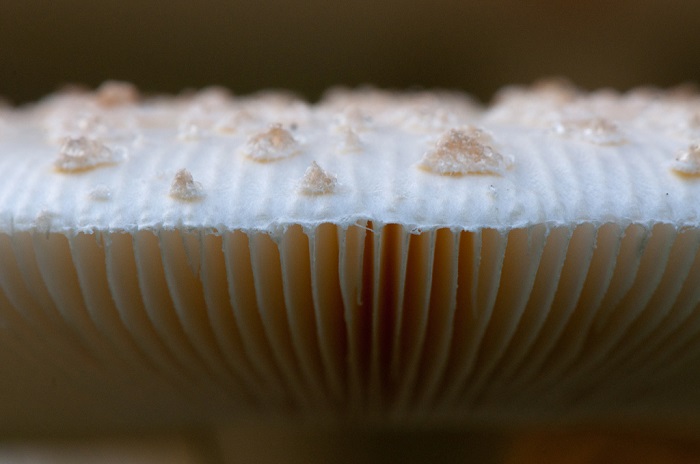-
Tips for becoming a good boxer - November 6, 2020
-
7 expert tips for making your hens night a memorable one - November 6, 2020
-
5 reasons to host your Christmas party on a cruise boat - November 6, 2020
-
What to do when you’re charged with a crime - November 6, 2020
-
Should you get one or multiple dogs? Here’s all you need to know - November 3, 2020
-
A Guide: How to Build Your Very Own Magic Mirror - February 14, 2019
-
Our Top Inspirational Baseball Stars - November 24, 2018
-
Five Tech Tools That Will Help You Turn Your Blog into a Business - November 24, 2018
-
How to Indulge on Vacation without Expanding Your Waist - November 9, 2018
-
5 Strategies for Businesses to Appeal to Today’s Increasingly Mobile-Crazed Customers - November 9, 2018
Scientists use portabellas mushrooms to make more durable batteries
And that’s not all – the mushroom batteries are also incredibly cheap, easy to make, and, best of all, they’re pretty much biodegradable.
Advertisement
That’s where portabella mushrooms come in.
The UC research team has developed a new kind of lithium-ion battery anode using portobello mushrooms, which could eventually replace the industry standard of synthetic graphite.
The research findings were outlined in a paper, “Bio-Derived, Binderless, Hierarchically Porous Carbon Anodes for Li-ion Batteries”, published in the journal Scientific Reports. And while it sounds like the type of idea you might hear at a high school science fair, evidence suggests that these new batteries might actually last longer than traditional batteries, and could give our phones better battery life as they age.
The new lithium-ion battery features anodes made of portabella mushrooms. This is because the anodes are made with synthetic graphite, which has a tedious and environmentally harmful preparation process. Mushrooms attracted scientists because they’re extremely porous and rather tasty. That’s important for battery performance, since pores create more space for the storage and transfer of energy.
There’s an anticipated increase in batteries needed for electric vehicles and electronics. The potassium salt concentration in mushrooms could also enable increased electrolyte-active material over time; basically increasing a battery’s capacity instead of it decreasing as is the case with today’s lithium-ion batteries.
One of the problems with conventional carbons, such as graphite, is that they are typically prepared with chemicals such as acids and activated by bases that are not environmentally friendly, said Mihri Ozkan, a professor of electrical and computer engineering.
The number of electric vehicles and mobile devices is expected to surge over the coming decade, which would place considerable strain on our environment and resources as far as battery technology now stands.
The team found that taking skin from the cap of the portabella mushrooms and heating it to 500° C (932° F) saw it transform into a naturally derived carbon nanoribbon-like architecture.
Advertisement
The UCR Office of Technology Commercialization has filed patents for the inventions above.




























